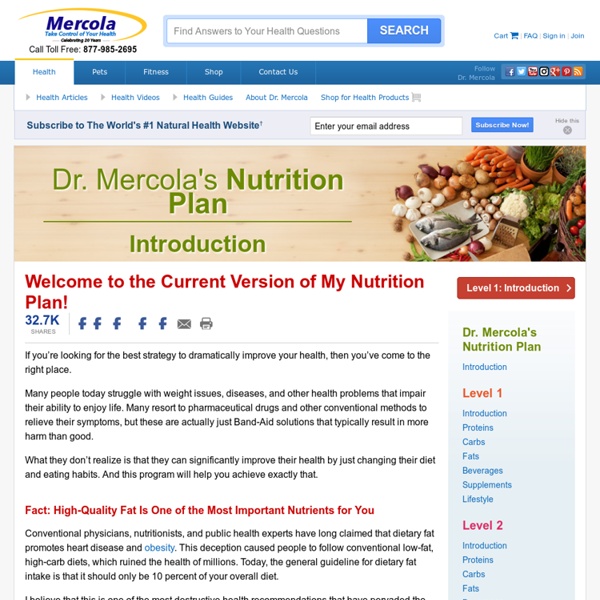Take Control of Your Health With My Nutrition Plan

Estimated Glycemic Load™
Nutrition Data's Estimated Glycemic Load (eGL)™ predicts a food's Glycemic Load, even when its Glycemic Index is unknown. Understanding Glycemic Load The Glycemic Load is the most practical way to apply the Glycemic Index to dieting, and is easily calculated by multiplying a food's Glycemic Index (as a percentage) by the number of net carbohydrates in a given serving. Glycemic Load gives a relative indication of how much that serving of food is likely to increase your blood-sugar levels. GL = GI/100 x Net Carbs(Net Carbs are equal to the Total Carbohydrates minus Dietary Fiber) As a rule of thumb, most nutritional experts consider Glycemic Loads below 10 to be "low," and Glycemic Loads above 20 to be "high." Note: For a more extensive discussion of Glycemic Index and Glycemic Load, please see ND's Glycemic Index page. Limitations to Glycemic Load's Use To calculate Glycemic Load, you must first determine the food's Glycemic Index (GI), which can only be done via human testing.
Ideas
Low Glycemic Load Diet
Studies show those foods which have the greatest impact on blood sugar levels are carbohydrate foods; however, certain carbohydrates have more of an impact on blood sugar than others. Slow-acting carbs only cause a slight increase in blood sugar. Fast-acting carbs, on the other hand, are converted very quickly to glucose by the body, causing blood sugar levels to rise and fall rapidly, which has serious health consequences. What is Glycemic Load Glycemic Load is a further development of the Glycemic Index. Glycemic Load takes this one step further and using the Glycemic Index of a food, determines whether foods contain slow-acting or fast-acting carbs based on a standard serving of that food. Eating a Low Glycemic Load Diet Those following a low Glycemic Load Diet eat controlled portions, restrict calories, and opt for foods that are low Glycemic Load. Pros and Cons of a Low Glycemic Load Diet According to Dr.
GAPS Resources | The Liberated Kitchen, LLC
Joy with some home-canned goodness Lately people have been asking us for where to go to get good information and support for the GAPS (Gut and Psychology Syndrome) Diet. This diet is aimed at restoring the health of the gut, and the balance of the bacteria and fungi that live there. We’ve written up some summaries explaining how to do the GAPS diet, and have a weekly blog carnival where people can share their GAPS legal recipes, GAPS Friendly Fridays! What Can I Eat Now? When browsing online, you may see recipes posted for the full GAPS diet that are not safe for the initial stages or which include ingredients that are on the “Foods to Avoid” list, since people who start out doing GAPS eventually move on to include other foods. We’re making this easier by providing recipes tagged with the appropriate GAPS stages and sharing our personal experiences with GAPS right here on The Liberated Kitchen. Buy the Book We started the diet before reading the book Gut and Psychology Syndrome by Dr. Dr.
Related:
Related:



